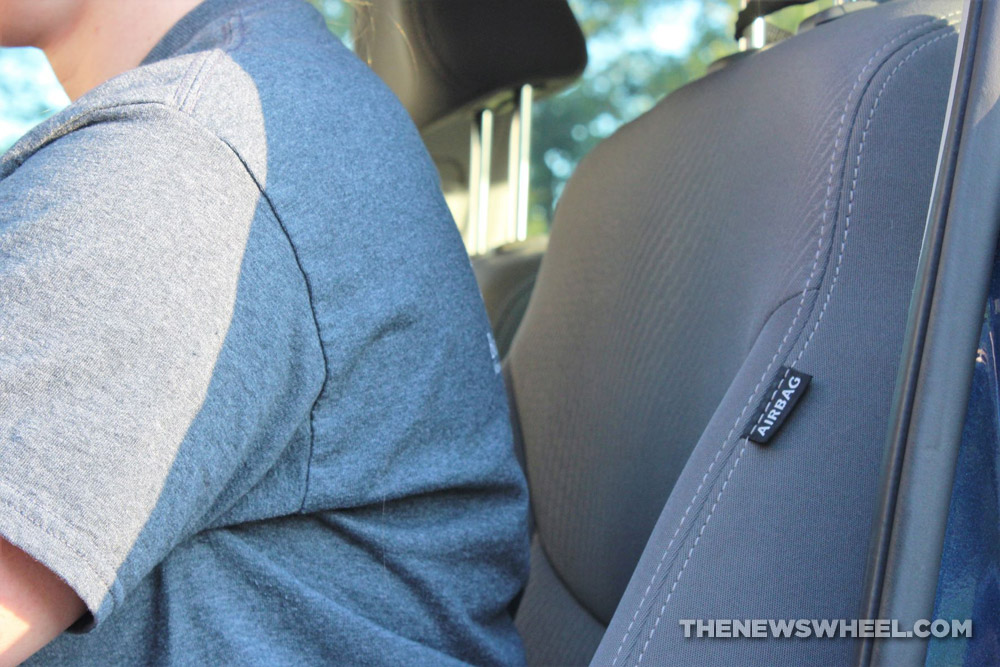Seat Position Affects the Spine: Tips for Healthy Posture While Driving
If you add up the amount of time you spend in the car every year — including daily commutes and road trips — you’d realize that more of your life is spent on the road than you thought.
Because of that, it’s important that you don’t unnecessarily strain your back or spine when sitting in the car. Here is the proper way to adjust your car seat so you can have good posture, as advised by the health experts at Physio Med Ltd. and Choice Chiropractic & Wellness Center.
Classic Luxury Cars: Spotlight on historic Maserati models
Step 1: Slide the seat forward/backward
Make sure you’re sitting far enough away from the pedals so that your knees aren’t touching the dashboard, your legs are only slightly bent, and you don’t have to stretch your feet to reach. There should be a two-finger-width gap between the seat cushion and the back of your knee.
Step 2: Adjust the steering wheel
Most people neglect to adjust the steering wheel height and angle when positing themselves in the driver’s seat. Modify the position of the wheel so you can see the data displays without leaning forward or straining your neck.
Step 3: Set the recline angle
Your shoulders should only be slightly behind your hips when you’re seated, meaning the seat should be reclined 10-20 degrees back from being straight upright. Sitting at a straight, 90-degree angle is not actually good for your back.
Step 4: Tune the lumbar support
Set the lumbar beam to a supportive position that rests in the small of your back. If your car seat does not offer adjustable lumbar support, roll up a towel and place it behind your lower back or purchase a contoured cushion.
Step 5: Raise the headrest
To ensure that your head is aligned straight above your neck, raise or lower the headrest so that it touches the back of your head and keeps it in place. This might feel awkward and uncomfortable, but it’s because the headrest is designed to protect your head during a collision.
Step 6: Set the mirrors
Now that you’ve set the position of your car seat, set the angle of the rearview and side mirrors so that you’ll remain in that spot to see into them when driving.
Taking the time to properly adjust the position of your car seat is important for maintaining your wellness and safety on the road. Even if you’re a passenger, you still should be attentive to your seating position for the sake of your spine.
Classic Porsche 911: Read about this famed model’s legacy
Aaron is unashamed to be a native Clevelander and the proud driver of a Hyundai Veloster Turbo (which recently replaced his 1995 Saturn SC-2). He gleefully utilizes his background in theater, literature, and communication to dramatically recite his own articles to nearby youth. Mr. Widmar happily resides in Dayton, Ohio with his magnificent wife, Vicki, but is often on the road with her exploring new destinations. Aaron has high aspirations for his writing career but often gets distracted pondering the profound nature of the human condition and forgets what he was writing… See more articles by Aaron.


